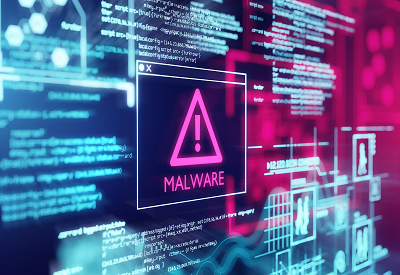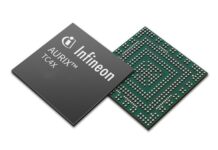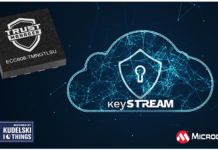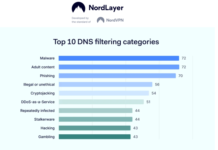
As the world becomes more dependent on the internet and online traffic for data transfer and consumption, the risks of cyber threats increase. The range of cyber threats varies according to how they are delivered and what damage it does to your network and devices. These threats are so many that they often get used interchangeably. While the main result is data and monetary loss, cyber-attacks vary widely.
Various cybersecurity websites today carry educational materials to help companies and individuals with ways to guard against cybercriminals. Additionally, other websites also give information on emerging cyber threats. For example, at https://www.securelogic.com.au, you can find various new ways in which cybercriminals can use to penetrate your network. When you have an insight into such information, you can be enabled to implement relevant cyber security measures.
And as mentioned earlier, you may often find yourself saying one type of threat while meaning a different one. One such instance is using malware to mean ransomware and vice versa. The elaborations below can help differentiate these two cyber threat factors.
What Is Malware?
Malware is short for the phrase malicious software. It is designed to infect your device’s system or network and disrupt its normal functioning. As an executable file with a .exe at the end of its name, malware would generally be inactive until clicking on it. And by clicking on it, you allow it to run in your system.

There are various types of malware that cybercriminals and hackers use today. A malware can either be a virus, worm, trojan, spyware, or ransomware. Other malware can also be remote administration tools (RATs). And once it gets into your network, it can perform various malicious activities per the creator’s needs.
What Is Ransomware?
As mentioned above, ransomware is a member of the malware family. Ransomware delivery is generally through phishing emails. It gets active once a user clicks on a link or a download on the email. Once active, it encrypts your files and renders your device or network unusable unless you make payment. In short, it basically holds your data, device, or network at ransom, thus its name.
Main Differences Between Malware And Ransomware
- Delivery And Execution System
Malware is the broad term for different types of cyber threats. Therefore, your devices or network can be hacked in various ways depending on the malware type. A hacker develops a code and delivers it through various means. Mostly, you can get malware when you click downloads on websites or phishing emails. It can be delivered into your system as a parasitic or a boot sector infection if it’s a virus.
A parasitic virus would be attached to a file that will run on a device. The file can be a download link from a phishing email or a website. Once you run the file, the virus propagates and spreads through your system or network. A boot sector infector attaches itself to the bootable partition of an external drive. Thus, it can easily be spread from one device to another if the drive is moved around. Overall, the delivery method for malware relies on what type it is.
On the other hand, ransomware is mainly delivered through phishing emails, exploit kits, or remote desktop protocols (RDPs). Other malware may require a user to click on a file to execute it. However, ransomware becomes active once you click on a download link on an email or a compromised website. Once it’s in your system, it searches for vital files and performs its programmed function. The files it accesses will depend on the type of ransomware. Whilst many ransomware are written in a different way, they will all typically seek to disable vital system processes and services in order to change privilege access levels and effectively lock your PC, reading a technical report about an infamous ransomware such as the alphv blackcat ransomware can help you understand this on a more in-depth level. This can be useful if you work in trying to crack viruses of this type or build system defences against them.
- The Damage They Cause
When ransomware gets into your system, it encrypts your files or devices and blocks you from accessing them. Once you pay the ransom, you’ll receive a decryption program from the attacker. Apart from encrypting files, it can also delete backup files. However, this depends on the ransomware type.
On the other hand, malware can either encrypt your files if it’s ransomware or performs other activities of specific malware programs. For example, a cybercriminal or hacker can use malware to destroy particular programs in your network or steal crucial data. Additionally, attackers can also use malware to spy on your company’s activities, record keystrokes, or send spam emails to your contacts.
- Removal
When any other malware gets into your network, you can easily remove or stop its progress by using anti-virus software. However, once ransomware is in your system, you may not be able to remove it until you pay the ransom required by the attacker.
Conclusion
As a business, it’s essential to ensure you implement an effective cybersecurity policy, including anti-malware software. This can help protect your data from theft or damage from malware attacks. Most recent anti-virus software contains ransomware detection features, thus, giving you added protection.


















